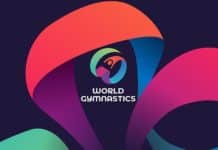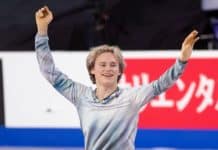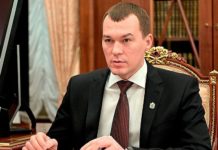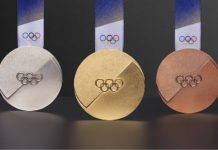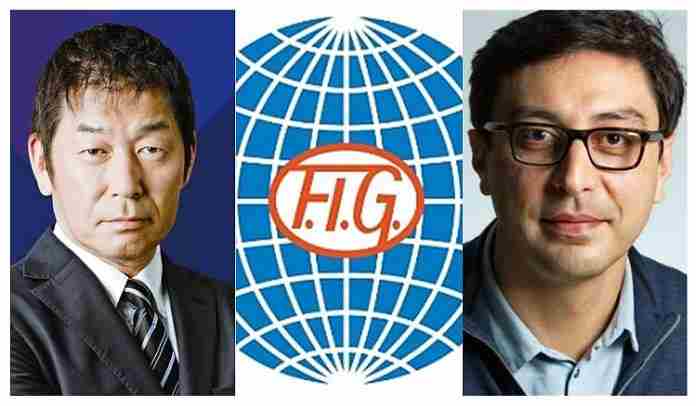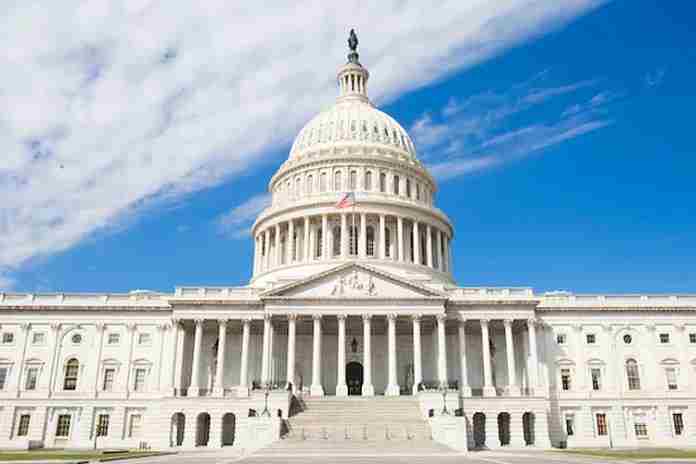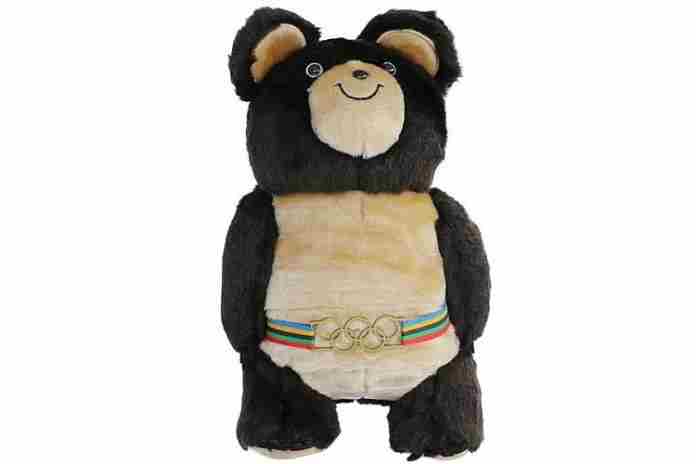A record 130 national gymnastics federations will meet in the Turkish resort city of Antalya beginning on Friday for the 83rd FIG Congress, with a fascinating vote for President set for Saturday. The future path for gymnastics is at stake.
Japanese incumbent Morinari Watanabe, 62, will be standing for a second term, but unlike many International Federations, he is being challenged. The head of the European Gymnastics Union, Farid Gayibov, 42, the Minister of Youth and Sports in Azerbaijan, is considered a meaningful opponent, and both have issued a “manifesto” reflecting their views for the future.
There’s a big difference in approach.
Let start with where the FIG is right now. It’s a “Group A” Olympic federation, along with World Athletics and FINA (aquatics), receiving more than $40 million from the International Olympic Committee as a share of the television rights sales from each Olympic Games.
But it’s a very modest organization compared with either track & field or aquatics. Using the pre-Covid year of 2019 for comparison:
FINA in 2019: (1 Swiss franc = $1.09 U.S.)
● CHF 68.670 million operating revenues ~ CHF 106.512 million reserves
World Athletics in 2019:
● $51.144 million operating revenues ~ $28.862 million reserves
(even after years of hemorrhaging money due to mismanagement).
FIG may be in the same Olympic revenue-sharing tier, but is nowhere close to that level of commercial success, even though it holds a World Championship annually instead of every two years as with athletics and aquatics. FIG finances:
● 2018: CHF 16.100 million revenues ~ CHF 22.867 million reserves
● 2019: CHF 16.652 million revenues ~ CHF 26.010 million reserves
To Watanabe’s credit, FIG finally published financial statements during his term and FIG’s reserves are reasonable good. But as one of the top-tier sports in the Olympic Games, it has not progressed financially during his term.
At this weekend’s Congress, FIG is expected to vote in seven new federations: Democratic Republic of the Congo, Guam, Haiti, Lesotho, Rwanda, Sierra Leone and Togo, and Antigua and Barbuda as an associated member. That will bring the total membership to a new high of 156. But that’s far behind the 214 members of World Athletics or the 209 members of FINA.
These differences are at the core of Gayibov’s candidacy. In his six-page statement, he declares that growth is a priority. On the first page, he outlines four “pillars”:
(1) “Adapt Code of Points, Technical Regulations & other rules to make our sport more inclusive and attractive to the audience”
(2) “Increase the number of medals at the Olympics”
(3) “Stable and reliable relationships with partners”
(4) “Effective management”
In order to help expand the sport, he suggests “a fund that would assist developing countries with equipment and development projects just like in the European Gymnastics. This has proven to be very effective.”
He also notes that with 18 Olympic events, gymnastics is way behind aquatics (49) and athletics (48); “the increase of these medals will benefit considerably to further development, strengthening and popularity of our disciplines.”
Gayibov also suggests the radical – in the Olympic world – idea of “Seek global sponsorships for outstanding gymnasts. This will benefit the sport, federations and inspire the youth” and “Provide more exposure to current Champions at cost of FIG. Use them as competition ambassadors, commentators, within different disciplines. This will unite our gymnasts and create a direct relationship between all our disciplines.” Athlete-first indeed.
He also suggests multiple ways to increase FIG’s marketing effort and bring it into the 21st Century (or at least into the late 20th Century).
Watanabe’s 12-page brochure is a graphical tour de force: beautiful to look at, but also a little complex to follow. He spends the first eight pages reviewing his actions and achievements during his first term (from 2017), the introduction of new competitions and three new FIG sponsors that brought sponsorship revenue for the 2017-20 period to CHF 8 million; the FIG also received CHF 8 million in broadcast rights sales for the quadrennial.
He spends three pages on future concepts, including using continental meets as qualifiers for the World Championships to create more interest at the national levels, to promote Acrobatic and Aerobic Gymnastics and to get to 180 member federations by 2024. He also wants to re-introduce gymnastics into people’s everyday lives as a form of exercise and well-being.
Page 11 outlines his “dream that one day like the Olympics, the World Championships of all our disciplines Artistic, Rhythmic, Trampoline, Acrobatic, Aerobic, Parkour, the World Gym for Life Challenge, and if possible, Team Gym sometime in future, will be held in the same host city in the same period of time together. Realizing ‘Gymnastics Olympics’ will surely raise the value of Gymnastics.” This is hardly a new concept; FINA has had a combined championship for all of its disciplines since 1973 and the Union Cycliste Internationale (UCI) is introducing the same for all of its disciplines in 2023. It’s a good idea; why hasn’t it happened already?
Watanabe’s organizational skills cannot be challenged. In addition to being FIG President, he also oversaw the IOC’s Boxing Task Force, which operated the successful Tokyo 2020 boxing competition in the place of the suspended International Boxing Association (AIBA). But FIG’s quadrennial sponsorship and television revenues of CHF 16 million (~$17.50 million U.S.) are frankly pathetic.
The delegates have a real choice here. Watanabe is the ninth FIG President and the first to be elected from outside Europe; that will be an important consideration for some federations. Gayibov is the head of European Gymnastics and his vision – based on his brochure – is focused on FIG’s future expansion through marketing of its stars in its current Olympic events (and paying them to do so), and expanding FIG’s footprint at the Games as FINA has done successfully in the past.
The IOC is not likely to be receptive to more gymnasts within the Olympic quota of 10,500 athletes, but the marketing concepts and the reformation of the FIG calendar and competition system can create new opportunities for a federation that is lagging behind in money, profile and energy outside of the Olympic Games.
Watanabe, as the incumbent – and from outside of Europe – has to be considered the favorite, but the 20-years-younger Gayibov offers the potential of a new magnetism for the sport that can draw more public enthusiasm for its competitions and for participation in a sport which has roots in ancient times. That’s view from outside; the delegates will know both candidates well from their own experiences with them.
The outcome will say a lot about how the national federations see the future of gymnastics.
Rich Perelman
Editor
You can receive our exclusive TSX Report by e-mail by clicking here. You can also refer a friend by clicking here, and can donate here to keep this site going.
For our 743-event International Sports Calendar for 2021 and beyond, by date and by sport, click here!









